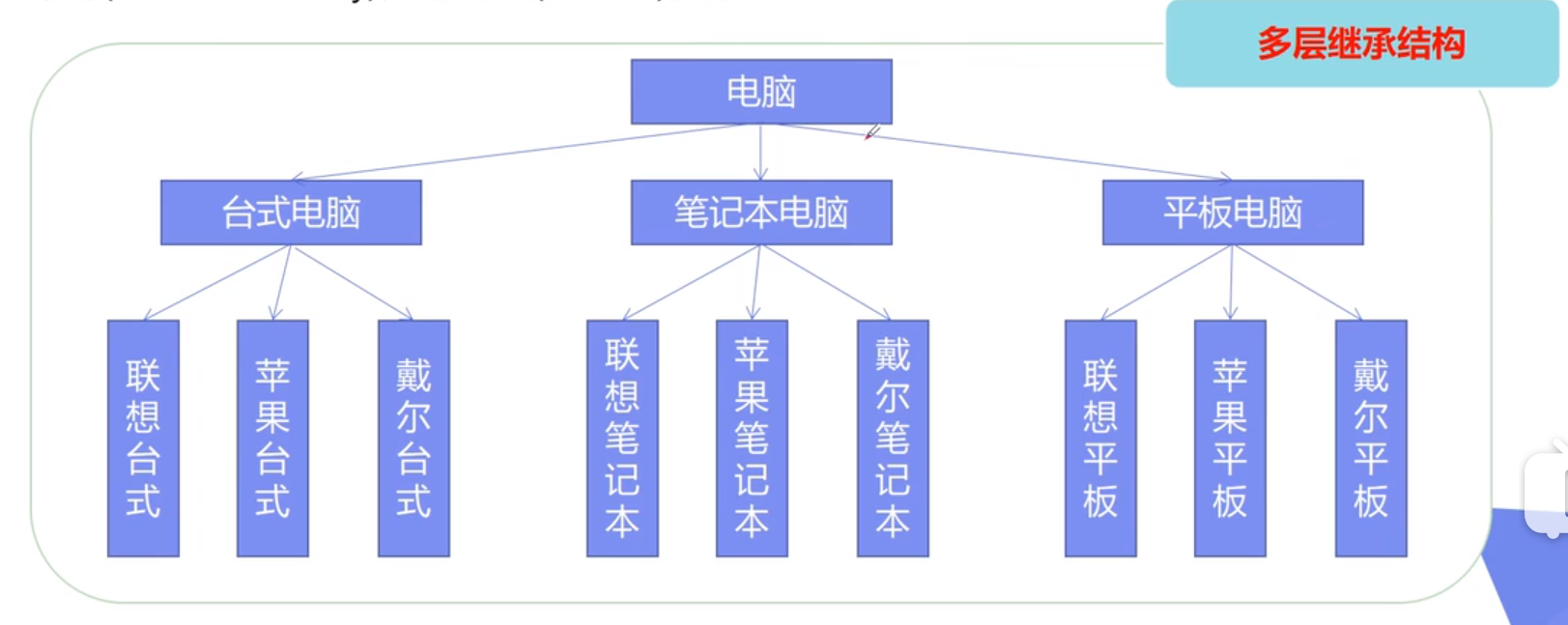23种设计模式——桥接模式
桥接模式
- 将抽象部分与它的实现部分分离,使他们都可以独立地变化。是一种对象结构模式
- 下面第一张图是我们经常看到的,要是用代码实现的话要分成很多很多的类,这显然不是我们想要的,违反了单一职责原则;桥接模式就是来解决这种问题,演变成了第二张图,通过连接点连接起来,但又不相互干扰。



package com.mjh.bridge;
public interface Brand {
public void info();
}
//联想品牌
class Lenovo implements Brand {
@Override
public void info() {
System.out.print("联想");
}
}
//苹果品牌
class Apple implements Brand{
@Override
public void info() {
System.out.print("苹果");
}
}
package com.mjh.bridge;
public abstract class Computer {
//组合 桥(连接点)
protected Brand brand;
public Computer(Brand brand) {
this.brand = brand;
}
public void info(){
brand.info();//自带品牌
}
}
class DeskTop extends Computer{
public DeskTop(Brand brand) {
super(brand);
}
@Override
public void info() {
super.info();
System.out.println("台式机");
}
}
class LapTop extends Computer {
public LapTop(Brand brand) {
super(brand);
}
@Override
public void info() {
super.info();
System.out.println("笔记本");
}
}
package com.mjh.bridge;
public class Test {
public static void main(String[] args) {
//苹果笔记本
Computer computer = new LapTop(new Apple());
computer.info();
//联想台式机
Computer computer1=new DeskTop(new Lenovo());
computer1.info();
}
}
优点
- 桥接模式偶尔类似于多继承,但是多继承方案违背了类的单一职责原则,复用性比较差,类的个数也比较多,桥接模式是比多继承方案更好的解决方法,极大地减少了子类个数,从而降低管理和维护成本
- 桥接模式提高了子系统的可扩展性,在两个变化维度中任意扩展一个维度,都不需要修改原有系统。符合开闭原则,就像一座桥,可以把两个变化的维度连接起来
缺点
- 增加系统的立即与设计难度,由于聚合关联建立在抽象层,要求开发者针对抽象进行设计与编程
- 要求正确失败系统中两个以上独立变化的维度,因此使用范围有一定局限性


